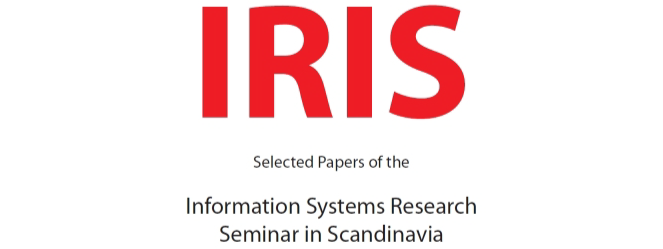Abstract
The concept ‘affordance’ has been adopted from ecological psychology into various fields of research. The wide adoption signals for the usefulness of the concept, but may also create confusion. We have become alert towards the ambiguous uses of the term – a feature that originates in J.J. Gibson’s ambiguous texts. To contribute to this deliberation, we identified ‘affordances of a chair’ as the most popular ‘affordance example’ in research literature. We analyzed a set of examples through a Heideggerian lens to reveal variations in the operationalization of the concept. Our paper does not aim to provide any absolute answer for the right use of the affordance concept. We wish to contribute to the ongoing debate on affordances; particularly in our own IS community. As academic writers, we should be conscious of the exact meanings of the concepts we use. Thus, this essay questions the affordance concept as a one-size-fits-all solution to characterize the relation between artifacts and their users. We suggest future research to address the conceptual specificity dilemma: should we supplement affordance with new concepts, or should we replace affordance with something better?
Recommended Citation
Lanamäki, Arto; Thapa, Devinder; and Stendal, Karen, "What Does a Chair Afford? A Heideggerian Perspective of Affordances" (2015). Selected Papers of the IRIS, Issue Nr 6 (2015). 2.
https://aisel.aisnet.org/iris2015/2


